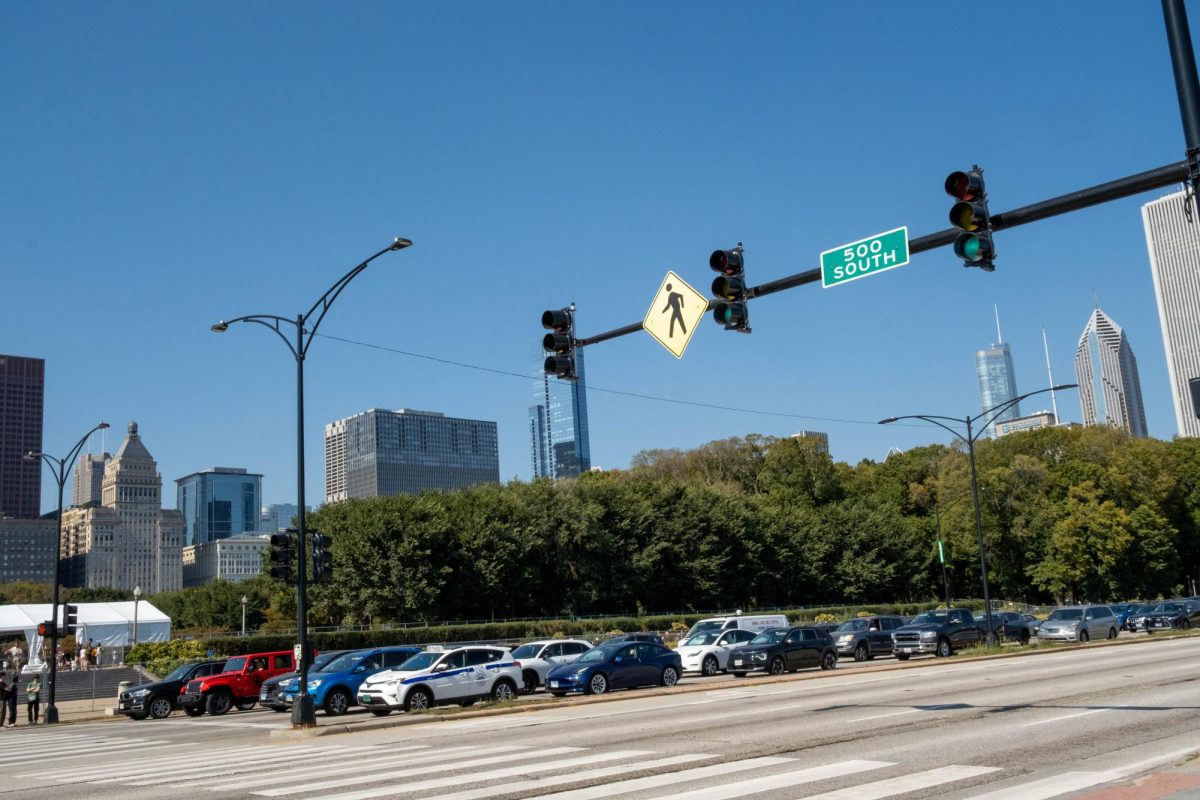There is something very satisfying about releasing an arrow and watching it fly towards its target. It is very personal, more so than target shooting with firearms. The distance is shorter and your whole body is involved, from the outstretched arm supporting the bow to the back of your hand resting upon your jawbone to the taut muscles between your shoulder blades. That release ripples through the body; it’s not just the string that shivers, but every bone and sinew.
Archery is an ancient skill. For millennia, hunters and soldiers have relied upon bows to provide their meals and defend their towns. The contemporary practice of archery, whether for hunting or sport, connects us to these bowmen. The technology and machinery have changed, of course: we now have bows made of amazing alloys, fiber-optic sights, and mechanical cams. But the essence of archery remains the same: draw, aim, release. It is so simple, yet so demanding. The archer strives to improve his precision by controlling the variables which can cause even the slightest deviation in the arrow’s path. He uses identical arrows, nocks the arrow on the same part of the string, holds his breath at the same moment each time. It becomes an elaborate ritual, religious in its devotion. The repetition of each motion, from arranging one’s feet to the twang of the bowstring, is not unlike that of a ritual prayer or ablution. And the reward for this devotion is a target filled with arrows, one practically on top of another–a very satisfying sight.
Hunting deer or elk with a firearm is a difficult task to begin with. It is simply not that easy to hit a deer in the vitals from 50 to 100 yards away. Bow-hunting is even more challenging because the hunter must be within 15, at most 20, yards of the animal when he releases the arrow. In many cases, he needs to be within 5 or 10 yards. Now, hitting a target at that range may not sound very tricky, but remember that the hunter is not only trying to aim, despite the trees and brush in the way, but also to remain undetected while the deer approaches. If you think this is easy, I challenge you to try to get within 10 yards of a deer. Let me know how that goes. (It’s not impossible; I once found myself in the midst of a small herd of deer in Colorado. Of course, it wasn’t hunting season and the deer knew that.) The hunter may need to hold his arrow drawn for several minutes until the deer comes out from behind a tree. This is exhausting; I’ve practiced holding my compound bow in this position as long as I can and after a minute or so (feels like an hour) my arms are burning. Yet it is these challenges of bow hunting that make it so interesting.
Unlike hunting, getting started with archery here in Hyde Park is pretty easy. There is an Archery Club at the University of Chicago. This quarter, practice is held on Wednesday nights at Henry Crown. Contact me or the Athletic Department for details. The Custom Archery Shop is another good place to start. It’s about a half hour away from Hyde Park, off of route 290. They have an indoor range, they can do all sorts of repair and maintenance, and they have good lessons for beginners. They’re also very nice people to talk to, if you like hunting. There is also an outdoor range on the east side of Belmont Harbor on the North Side.
Although becoming an expert archer is extraordinarily difficult (I’ll let you know when I get there), it is quite easy to get started. You can learn the basics in an hour or so, and then it’s mostly a matter of practice. Of course, like firearms, bows can be dangerous, so be sure to follow all safety regulations.








